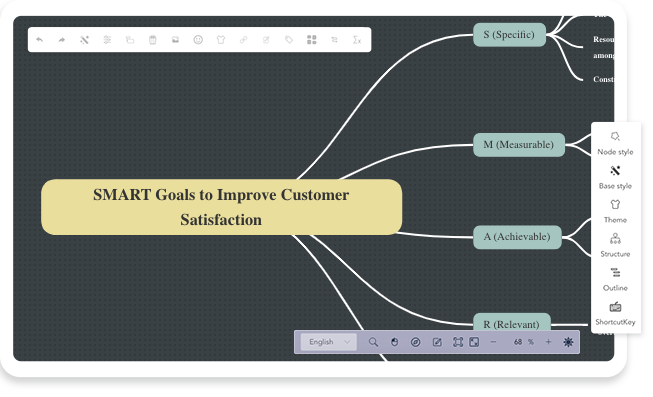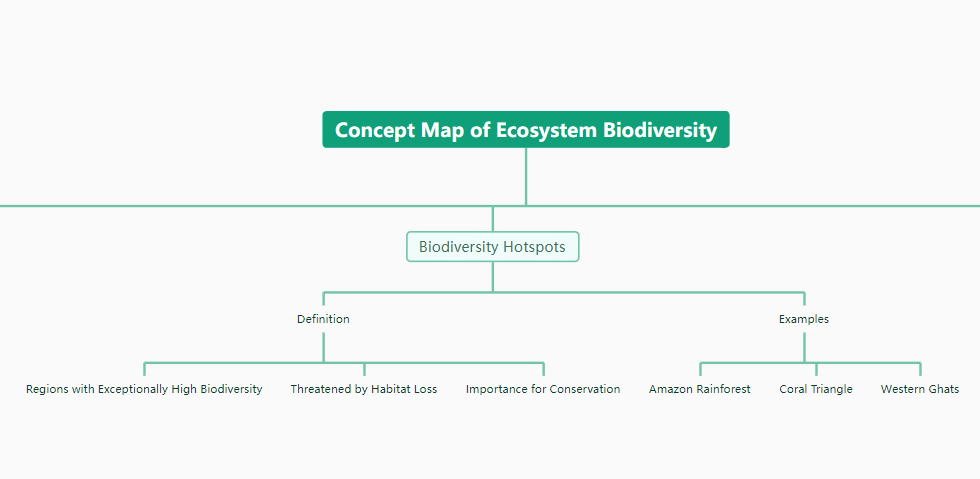Using Concept Maps in Education
Strategies for Teaching, Learning, and Assessments
Concept maps are powerful visual tools that can significantly enhance the teaching and learning process. When used effectively, concept mapping promotes meaningful learning, improves comprehension and retention of concepts, and provides instructors with insightful assessment data.

Some key benefits of utilizing concept mapping in education include:
- It helps students organize and represent knowledge in a way that reveals how different concepts relate to each other. This understanding of relationships and connections between ideas is essential for gaining a holistic perspective.
- The visual format makes abstract subjects and processes more concrete and easier to understand. Maps provide “mental pictures” that reinforce comprehension.
- Mapping promotes active engagement with course material as students determine concepts and link them to form propositions. This hands-on approach facilitates deeper learning.
- Instructors can use student-generated concept maps for formative assessment to gain valuable insights into student understanding and identify gaps or misconceptions.
- Concept maps also serve as effective study tools. The organizational structure provides outlines to review material and jog memory.
Educators seeking to incorporate concept mapping can leverage our free and powerful online Concept Map Tool available on the Visual Paradigm Smart Board. Some key features that make it a suitable platform for educational use include:
- Eight predefined chart structures that allow users to represent ideas in the most effective visual format depending on the subject. The Concept Map structure lends itself well to representing interconnected concepts.
- An intuitive interface that simplifies the creation of high-quality concept maps without a learning curve. Labels, lines, multimedia elements are easily added and moved.
- Flexible customization options for backgrounds, styles, colors to create visually appealing maps that engage learners.
- Unlimited maps and workspace to capture all concepts related to a topic without limitations. Great for building on original maps created in class.
- Exporting/importing capabilities preserving the structure enables collaborative work and information exchange seamlessly.
- All concept maps are automatically saved online, eliminating the risk of data loss. Access from any device for collaboration.
How long does it take to create a concept map?
The time required varies depending on the scope and complexity of the topic. Basic maps can often be generated within 30 minutes, while more extensive ones may take an hour or more. Most students can create maps more quickly as they gain experience using the tool and applying the technique.
Is concept mapping only useful for STEM topics?
While concept maps are commonly used in science, technology, engineering and mathematics, the approach also effectively represents information from other disciplines like literature, social sciences, and humanities. Any subject involving complex ideas and their interrelationships can benefit from visual concept mapping.
In summary, concept mapping is a simple yet powerful educational strategy that actively engages students in meaningful learning. When leveraged on the free Visual Paradigm Smart Board tool, it provides instructors with a seamless platform for implementing this approach in their classroom teachings as well as for formative assessment purposes. The benefits of enhanced comprehension and retention of concepts makes it a valuable toolkit for modern pedagogy.

Start creating professional-quality concept maps for your classroom with Visual Paradigm Smart Board – a free online concept mapping tool. Explore features at https://board.visual-paradigm.com or get started mapping your ideas now!


